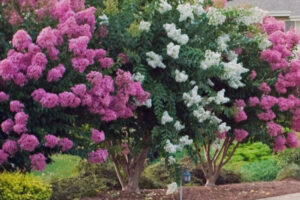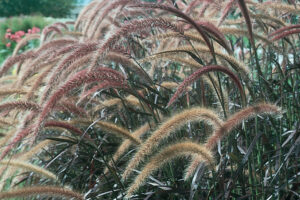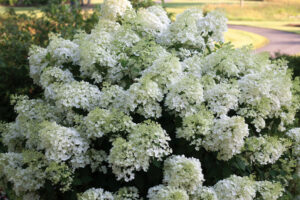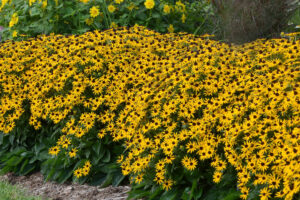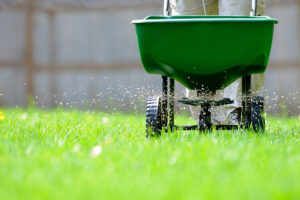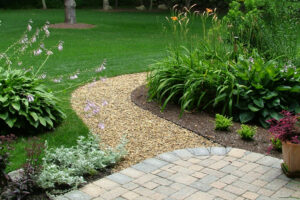There’s nothing quite like a warm, inviting fire pit in your backyard to enjoy with friends and family. Whether you want a cozy spot to relax, roast marshmallows with the kids, or gather for evening drinks, creating your outdoor fire pit area adds charm and functionality to your garden. Think of it as another “garden room”—an outdoor retreat where you can make memories, unwind, and enjoy nature.
Setting Up the Fire Pit Space
Designing your fire pit space can be as simple or elaborate as you want. At its most basic, a fire pit could be a circle of stones with a fire ring in the center of your lawn, surrounded by movable chairs. This setup is perfect for flexibility, allowing you to rearrange seating as needed and quickly move things around when mowing the lawn.
However, if you’re looking for something more permanent and low maintenance, consider surrounding your fire pit with pavers, stones, river rock, mulch, or sand. A solid surface eliminates the need to move chairs for mowing and keeps the area looking neat and tidy. Additionally, it makes the fire pit usable year-round without worrying about grass maintenance.
Choosing the Right Size and Shape
Depending on your chosen materials and style, a fire pit typically measures 4 to 5 feet in diameter. Leave a seating area at least 4 to 6 feet around the fire pit to comfortably accommodate guests. A circular design works well for most spaces, offering ample seating for eight or more people. However, square or rectangular fire pits can also be great alternatives, especially if you’re working with more contemporary outdoor aesthetics.
Propane or natural gas fire pits are available for those who prefer convenience over the traditional wood-burning experience. These options remove the need to gather and store firewood and minimize smoke and maintenance. Some even choose to expand their outdoor fire area by building an outdoor fireplace or adding a pizza oven for even more functionality.
Considerations Before You Build
Before setting up your fire pit, there are a few things to keep in mind:
- Permits and Regulations: Always check with your local HOA, county, or town for any permits or restrictions regarding fire pits. Some communities may have regulations about fire safety, distance from structures, or approved materials.
- Location Matters: Place your fire pit 10-15 feet away from your house, sheds, or overhanging tree branches. Ensure the area is well-drained by installing a drain or using gravel to prevent water pooling. Consider grading the patio area slightly away from the fire pit for optimal water drainage.
- Wind Direction: Take note of prevailing winds in your yard. Placing your fire pit upwind can reduce the chances of smoke blowing toward seating areas or nearby structures.
Seating Options
Movable chairs are a more versatile option for seating than permanent retaining wall seating. Composite Adirondack chairs are ideal, as they are weather-resistant and comfortable. Their ergonomic design makes them perfect for long conversations around the fire, and their lightweight structure allows you to rearrange them as needed.
Firewood Tips
Always use seasoned hardwoods like oak or maple for a perfect fire. These woods burn longer and produce less smoke than softwoods like pine. Avoid using treated wood or composite materials, as they can release harmful chemicals into the air. Well-dried firewood will help minimize excess smoke and sparking and ensure a more enjoyable fire pit experience.
Building a backyard fire pit area transforms your garden into a warm, inviting outdoor room. Whether you prefer a simple, movable setup or a more permanent structure, a well-designed fire pit provides a perfect gathering place for family, friends, and relaxation. With thoughtful planning, you can create a cozy and functional fire pit area that enhances the beauty and enjoyment of your backyard for years to come.


